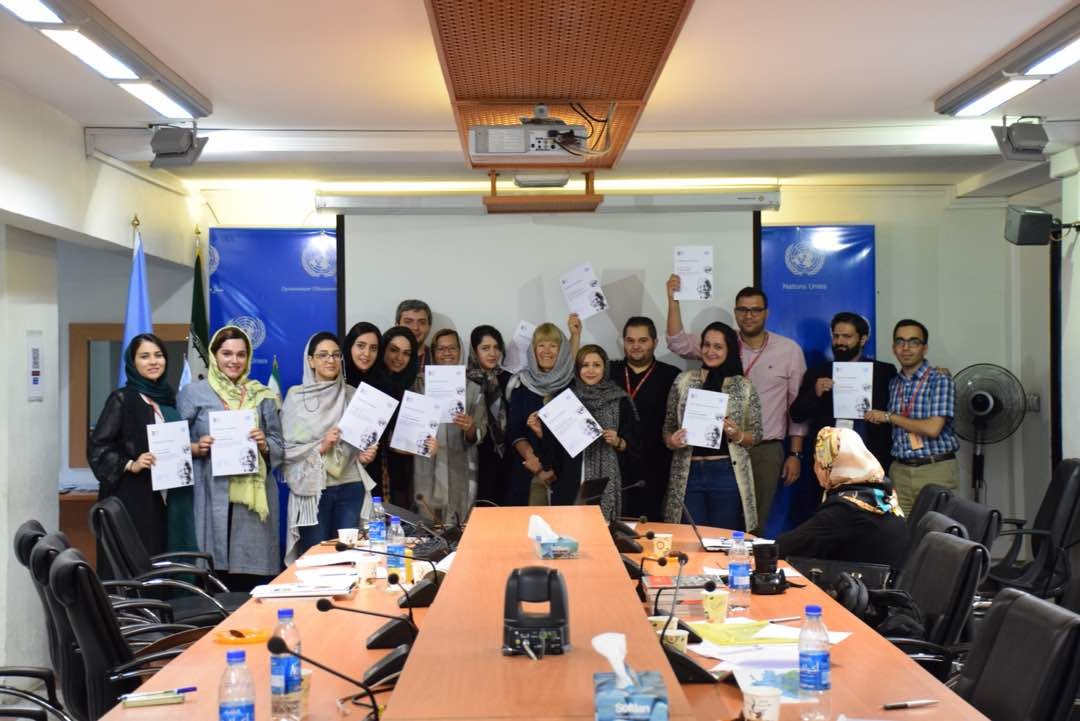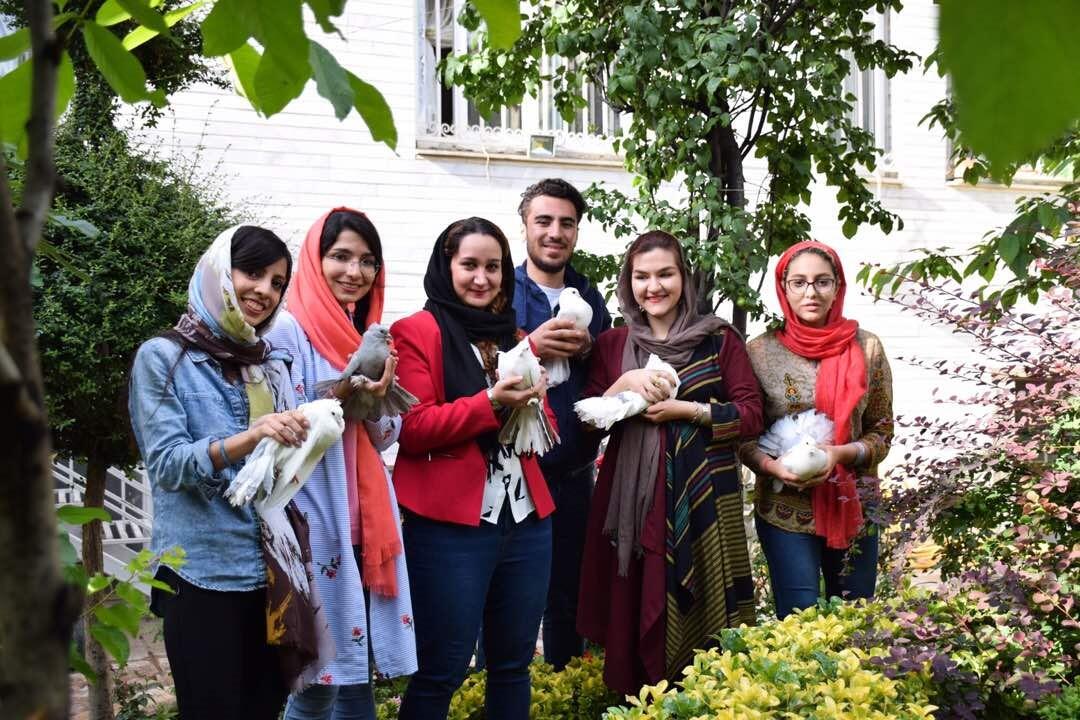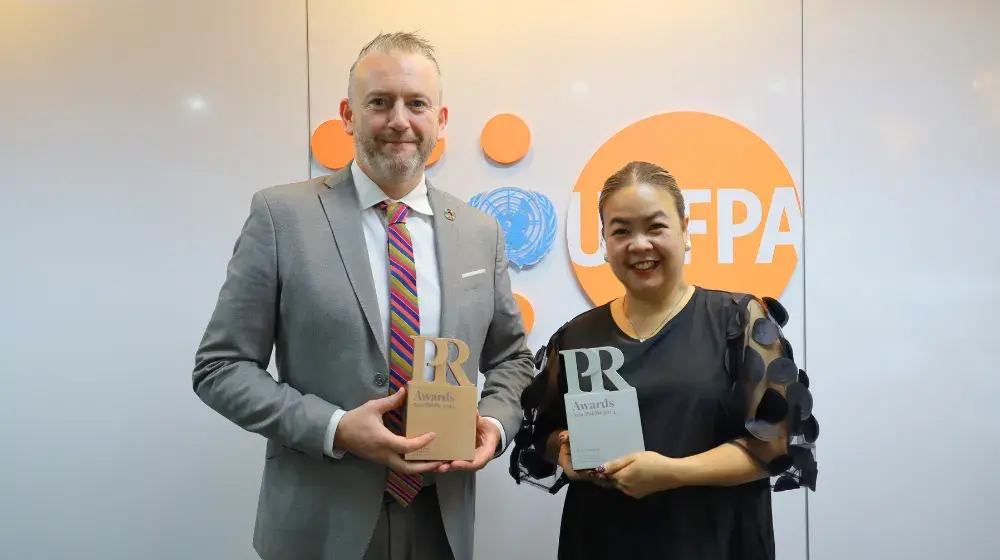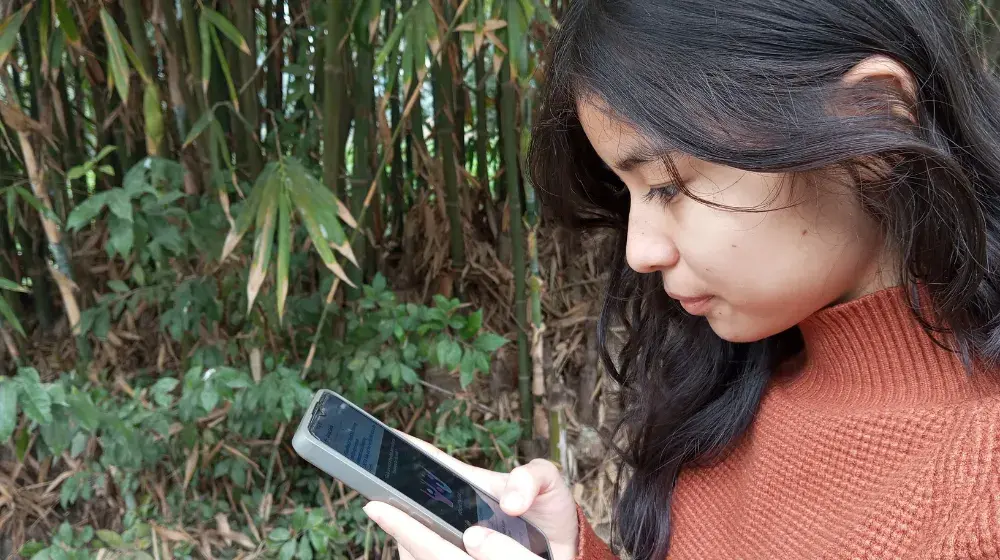The 2018 International Youth Day theme is ‘Safe Spaces for Youth’, dedicated to ensuing the dignity and safety of youth. It’s widely acknowledged that youth need safe spaces where they can come together, engage in activities related to their diverse needs and interests, participate in decision--making processes and freely express themselves.
There are several types of safe spaces, such as civic spaces that enable youth to engage in governance issues; public spaces that afford youth the opportunity to participate in sports and other leisure activities in the community; digital spaces that help youth interact virtually across borders globally; and well-planned physical spaces can help accommodate the needs of diverse youth especially those vulnerable to marginalization or violence, as well as those displaced or otherwise impacted by disasters and conflict.
For this year’s International Youth Day, the Interagency Task Team on Young Key Population (IATT YKP) and Thematic Working Group on Youth Peace & Security (TWG YPS) would like to share inspiring stories from select young people across Asia-Pacific on their struggles and commitments on working in the fields of sexual and reproductive health and rights, young key populations, comprehensive sexuality education, humanitarian response, and youth, peace and security - all in connection with safe spaces.
Shadi Rouhshahbaz is a young Iranian peacebuilder with a wide array of experiences, including Global Youth Peace Ambassador and consultant, language teacher, and freelance interpreter for English, French and Persian. Shadi has received many honors, awards and certifications and has been active in the local, regional and international community working on peacebuilding, female and youth empowerment. She was awarded the Conference Management and Facilitation Award from Tehran International Peace Event by UNOY Peacebuilders, World Peace Initiative, Peace Revolution, and Iran Peace Studies Association. Shadi is also a fellow of UNAOC’s program Young Peacebuilders of the MENA Region.
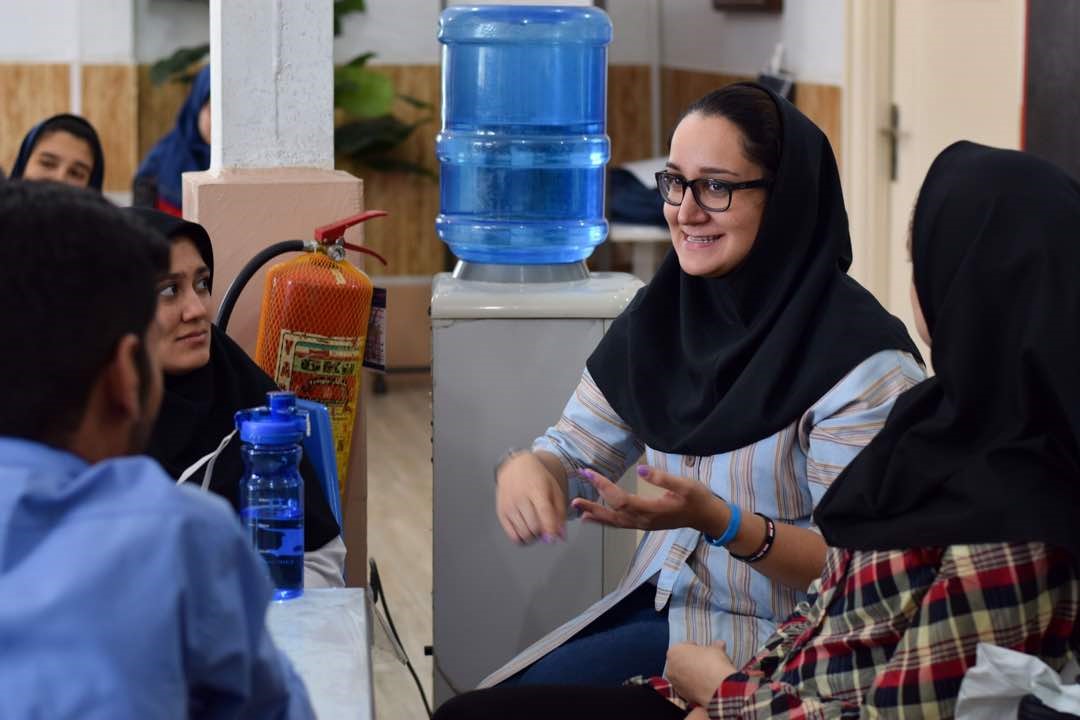
“Do we need security to build peace, or does peacebuilding create security?”
These were the words that I first heard at the Asia-Pacific Youth, Peace and Security Consultation in Bangkok, Thailand, last year. This was led by UNFPA, UNV, UNWomen, PBSO and other UN Agencies which also involved other NGOs and development partners.
As I sat in a room with 39 other delegates representing every corner of the Asia-Pacific region, I kept wondering about the places I could use as safe platforms for peacebuilding in my context, in the Islamic Republic of Iran.
And frankly, the more I thought, the less I could think of. The session that we had on the UN Security Council Resolution 2250 on Youth, Peace and Security kept ringing in my head with two of its five pillars consisting of Participation and Prevention, inviting “Member States to consider ways to increase inclusive representation of youth in decision-making at all levels for the prevention and resolution of conflict”. It urged them to “facilitate an enabling environment in which young people are recognised and provided adequate support to implement violence prevention activities and support social cohesion. All relevant actors should promote a culture of peace, tolerance, intercultural and interreligious dialogue that involve youth.”
With these thoughts in my mind and the support of my friend, young Iranian peacebuilder, Afsaneh Seifinaji, I returned back to my country in search of a safe space and a platform for peacebuilding. We couldn’t have imagined that finding key partners and social actors to support our work and provide us with the required safe spaces would be so tedious. We had to start from the UN as a partner of the government, but things did not run as smoothly as we expected.
Within three months of my return, my organization, AIESEC in Iran, got shut down, and with it around a thousand Iranian youth lost their safe space in which they practiced youth leadership and peace and fulfillment of humankind’s potential. This happened as I was in India, engaged in a training-of-trainers on youth and peacebuilding. I can only say that every second spent in the workshops made me think - and worry - about where I could promote peacebuilding and implement my lessons learned in my country without facing the risk of being arrested or detained for political reasons.
Even though we managed to earn the trust of several governmental bodies such as a state university and a research center to hold an event for training 250 young people on peacebuilding, I still believed that we did not have direct access to a secure platform to voice our opinions and engage in dialog.
Envious of other young people whom I had seen in these international events like APINY (Asia-Pacific Interagency Network on Youth) Live and the Young Peacebuilders of MENA Region Training held by UNAOC and Generations for Peace, in March 2018, I sat down and reflected on a few words that had initially been the guiding light in my peace journey, “Be the change you wish to see.”
It hit me, in the form of an epiphany that sometimes safe spaces are not out there for us to use or to take - sometimes we have to create these spaces and be the light in the dark.
That’s when I started a small mentorship and training-of-trainers program for four determined young women and a supportive and motivated young man, in the backyard of one their houses in the middle of the hustle and bustle of Tehran. It was not directly supported by any Member State, nor funded by any organization or UN Body, but I can tell that upon closing the door behind us as we walked into this incredibly safe space, we all learned that peace starts at home, within each and every individual.
Many a time I am asked about the reason of my engagement in peacebuilding in my context, and every time I looked these amazing individuals in the face, I could see how powerful the women are in my society and how deeply they can be affected by proper training and empowerment. Young women in this country are key changemakers.
Every weekend, an inherent force brought us all together to talk about various aspects of peace, inclusive societies and conflict resolution without having to worry about threats and risks. Sometimes safe spaces are places that we decide to create on our own, places in which we discuss issues and debate on various subjects that result in the promotion of the culture of peace. Sometimes, we become those safe places for others.
This program, which I named Peace Mentors, received both national and international interest and appreciation. It secured our team other opportunities for the promotion of the UNSCR 2250 and peacebuilding - this time with the support of the United Nations Information Centre in Tehran.
I held and co-facilitated a workshop on youth, peacebuilding and international opportunities and a training of trainers followed by peacebuilding workshops held at two NGOs in Tehran, on the occasion of Nelson Mandela International Day. We also received the support of another state university to hold a half a day workshop on the Influences of Culture and Language in Peacebuilding.
That was the safe space that most young people desire to have in their peace journey. I cannot lie - I was impressed by how freely and powerfully we were supported by a UN agency and this was a whole new perspective of creating a platform for connecting the United Nations to young people; however, I can also testify that working with five motivated young people in a yard full of flowers, doves, peace and security got me there.
The world is changing and we young people are among the most influential sculptors of these changes. Without the correct platform, we may find it challenging to promote peacebuilding in our contexts - but we can always start at home, either in the backyard or more importantly, within ourselves.
